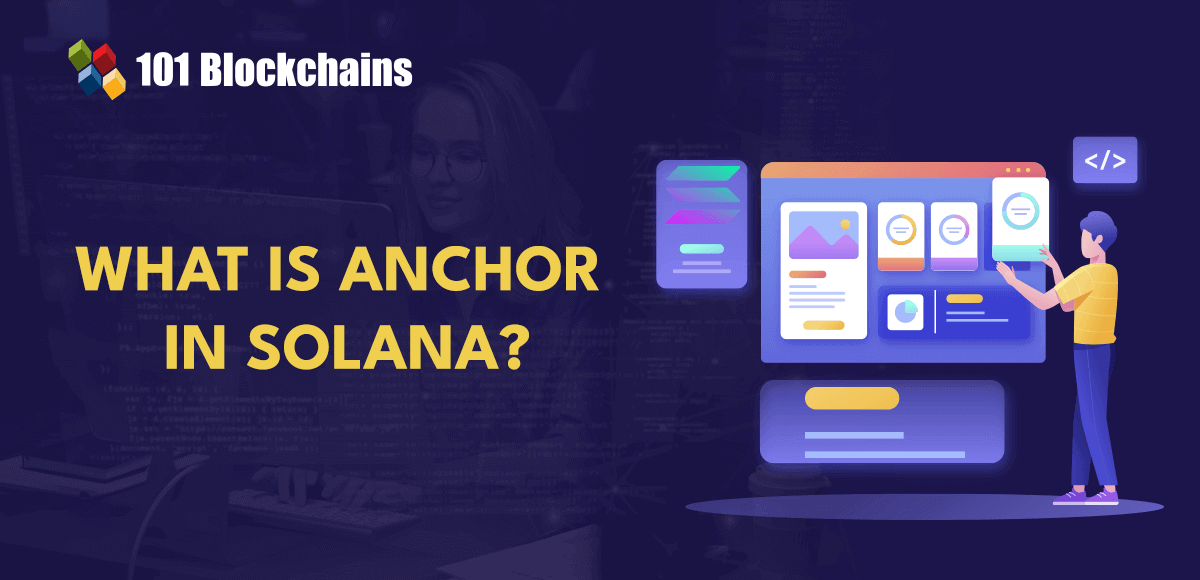Five open source AI tools you need to know

Open source artificial intelligence (AI) refers to AI technology whose source code can be freely used, modified, and distributed by anyone. As AI algorithms, pre-trained models, and datasets become publicly available and experimentable, creative AI applications emerge as communities of volunteer enthusiasts build on existing work and accelerate the development of practical AI solutions. As a result, these technologies often end up being the best tools for handling complex problems in many enterprise use cases.
Open source AI projects and libraries, freely available on platforms like GitHub, fuel digital transformation in industries such as healthcare, finance, and education. Easy-to-use frameworks and tools help developers save time and focus on creating custom solutions that meet specific project requirements. Small teams of developers can leverage existing libraries and tools to build valuable applications for a variety of platforms such as Microsoft Windows, Linux, iOS, and Android.
The versatility and accessibility of open source AI enables a wide range of beneficial use cases, such as real-time fraud prevention, medical image analysis, personalized recommendations, and personalized learning. Thanks to this availability, open source projects and AI models are gaining popularity among developers, researchers, and organizations. By using open source AI, organizations can effectively access a large and diverse community of developers who continually contribute to the ongoing development and improvement of AI tools. This collaborative environment promotes transparency and continuous improvement, providing feature-rich, reliable, modular tools. Additionally, the vendor neutrality of open source AI ensures that organizations are not tied to a specific vendor.
Open source AI offers attractive possibilities, but its free accessibility brings risks that organizations must navigate carefully. Proceeding with custom AI development without well-defined goals and objectives can lead to misaligned results, wasted resources, and project failure. Additionally, biased algorithms can produce unusable results and perpetuate harmful assumptions. The ease of use of open source AI also raises security concerns. Malicious actors can leverage the same tools to manipulate results or create harmful content.
Biased training data can lead to discriminatory results, data drift can make models inefficient, and labeling errors can lead to unreliable models. Companies can expose their stakeholders to risk when they use technology they have not built in-house. These issues highlight the need for careful consideration and responsible implementation of open source AI.
As of this writing, the big tech companies are divided on this topic (this link is outside of IBM). Through the AI Alliance, companies like Meta and IBM champion open source AI and emphasize open scientific exchange and innovation. On the other hand, Google, Microsoft, and OpenAI prefer a closed approach, citing concerns about the safety and misuse of AI. Governments such as those in the United States and the European Union are exploring ways to balance innovation with security and ethical concerns.
The innovative power of open source AI
Despite these risks, open source AI continues to grow in popularity. Many developers are choosing open source AI frameworks over proprietary APIs and software. According to the State of Open Source 2023 report (this link is external to IBM), a notable 80% of survey respondents reported an increase in their use of open source software over the past year, with 41% reporting a “significant” increase .
As open source AI becomes more widely used among developers and researchers, largely due to investments from big tech companies, organizations are gaining access to rewarding and innovative AI technologies.
In healthcare, IBM Watson Health uses TensorFlow for medical image analysis, improved diagnostic procedures, and more personalized medicine. JP Morgan’s Athena uses Python-based open source AI to transform risk management. Amazon integrates open source AI to improve recommendation systems, streamline warehouse operations, and enhance Alexa AI. Similarly, online education platforms like Coursera and edX use open source AI to personalize the learning experience, tailor content recommendations, and automate grading systems.
Not to mention countless applications and media services, including companies like Netflix and Spotify, that are integrating open source AI with proprietary solutions and using machine learning libraries like TensorFlow or PyTorch to improve recommendations and improve performance.
Five open source AI tools you need to know
The following open source AI frameworks deliver innovation, foster collaboration, and provide learning opportunities across a variety of disciplines. They are more than tools. Each empowers users, from beginners to experts, with the ability to harness the enormous potential of AI.
- TensorFlow is a flexible and extensible learning framework that supports programming languages such as Python and Javascript. TensorFlow allows programmers to construct and deploy machine learning models across a variety of platforms and devices. Strong community support and an extensive library of pre-built models and tools streamline the development process, making it easier for beginners and experienced practitioners to innovate and experiment with AI.
- PyTorch is an open source AI framework that provides an intuitive interface that enables easier debugging and a more flexible approach to building deep learning models. Strong integration with Python libraries and GPU acceleration support ensure efficient model training and experimentation. It is a popular choice among researchers and developers for rapid software development prototyping and AI and deep learning research.
- Keras, an open source neural network library written in Python, is known for its user-friendliness and modularity, allowing you to quickly and easily prototype deep learning models. Its high-level API is intuitive for beginners while remaining flexible and powerful for advanced users, making it widely used for educational purposes and complex deep learning tasks.
- Scikit-learn is a powerful open source Python library for machine learning and predictive data analysis. By providing scalable supervised and unsupervised learning algorithms, it has played a critical role in the AI systems of major companies such as JP Morgan and Spotify. Simple setup, reusable components, and a large, active community make data mining and analysis accessible and effective in a variety of contexts.
- OpenCV is a library of programmability with comprehensive computer vision capabilities, real-time performance, a large community, and platform compatibility, making it the ideal choice for organizations looking to automate tasks, analyze visual data, and build innovative solutions. It is highly scalable and can grow according to the needs of the organization, making it suitable for startups and large enterprises.
The surge in popularity of open source AI tools in frameworks like TensorFlow, Apache, and PyTorch Community platforms like Hugging Face reflect the growing recognition that open source collaboration is the future of AI development. Participating in these communities and collaborating on tools gives organizations access to the best tools and talent.
The future of open source AI
Open source AI will reshape how enterprise organizations scale and innovate. As the impact of the technology expands across industries, encouraging widespread adoption and deep adoption of AI capabilities, here’s what organizations can expect as open source AI continues to drive innovation.
Advances in natural language processing (NLP), tools such as Hugging Face Transformers and Large Language Models (LLM), and computer vision libraries such as OpenCV are enabling more complex and complex applications such as more sophisticated chatbots, advanced image recognition systems, and even robotics and automation technologies. Subtle applications can be implemented. .
Projects like Open Assistant, an open-source chat-based AI assistant, and GPT Engineer, a generative AI tool that allows users to create applications from text prompts, herald a future of highly personalized, ubiquitous AI assistants capable of handling complex tasks. This shift toward conversational, user-friendly AI solutions means AI is becoming more deeply integrated into our daily lives.
Open source AI is an exciting technological development with many future applications, but successful adoption of AI solutions by current enterprises requires careful exploration and solid partnerships. Open source models often fall short of state-of-the-art models and require significant fine-tuning to reach the levels of efficiency, reliability, and safety needed for enterprise use. Open source AI offers accessibility, but it requires organizations to make significant investments in computing resources, data infrastructure, networking, security, software tools, and expertise to utilize it effectively.
Many organizations need custom AI solutions that current open source AI tools and frameworks can only provide a shadow of. As you evaluate the impact of open source AI on organizations around the world, consider how your business can leverage it. Learn how IBM provides the experience and expertise you need to build and deploy reliable, enterprise-grade AI solutions.
Learn more about how to train, validate, tune, and deploy AI models.



